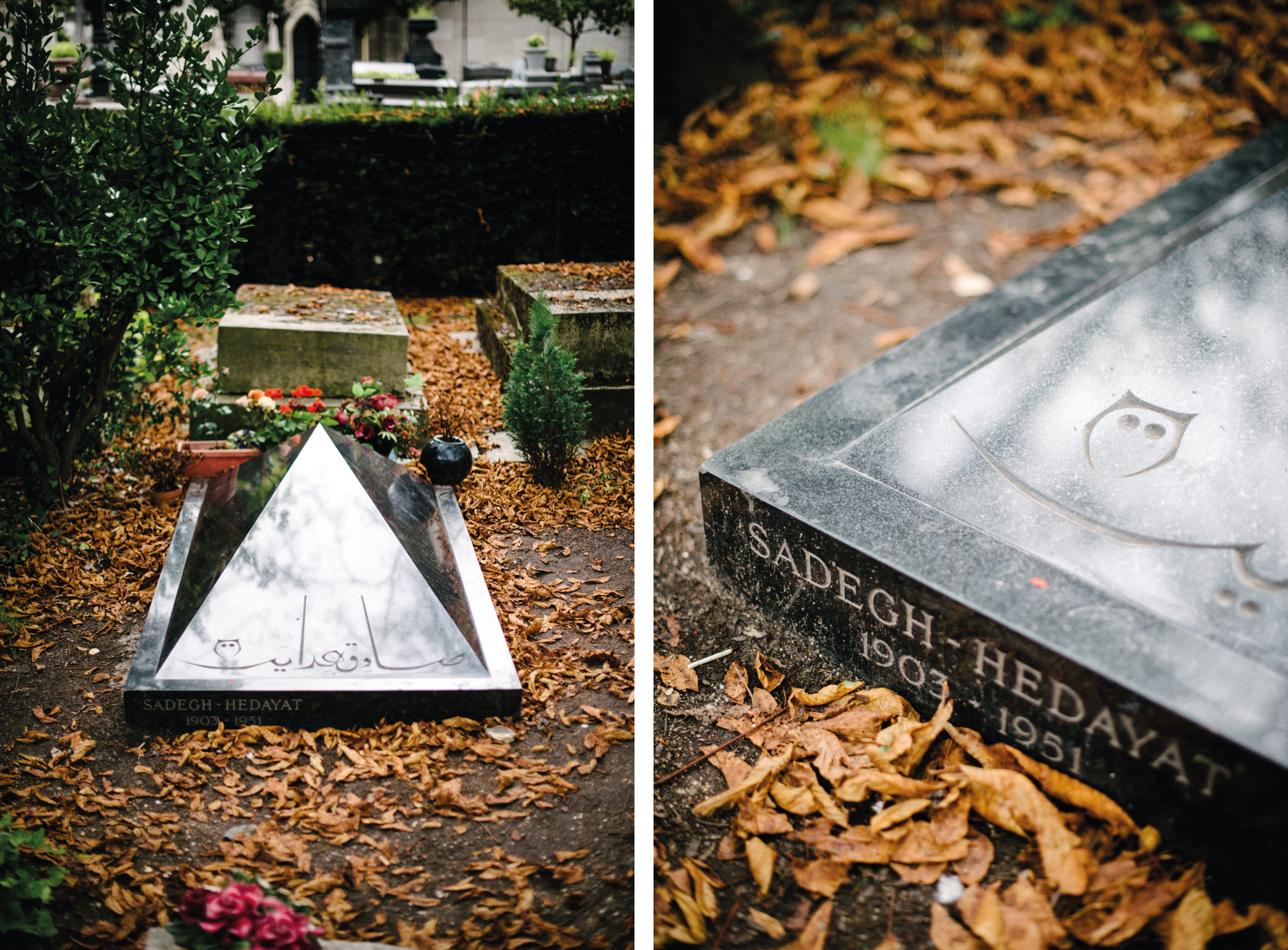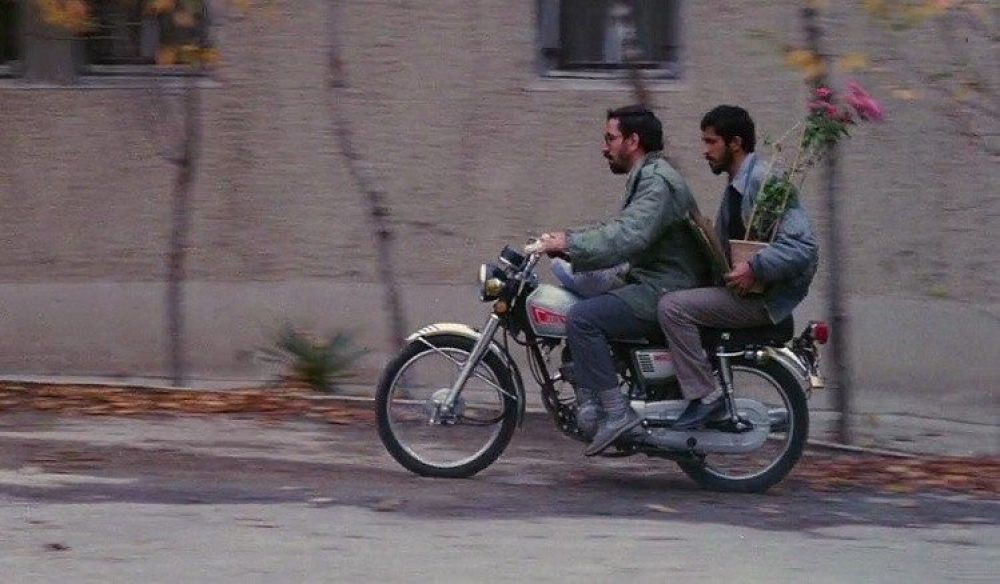What is modern about our readings this week? What is particularly “western” or “eastern” about the narratives? Is The Blind Owl a “Persian” story, Notes from Underground, Russian? How might we read these books as literature, outside of their contexts? Is it possible to do so, as art or as literature?
Do either of the narrators gain perspective, perhaps a moment of change?
It seems obvious that Dostoyevsky and Hedayat would agree that thinking too much, having the ability to see all sides of an issue or problem, leads to paralysis, what Tocqueville describes as the falling into the self. How might solipsism be prevented or ameliorated?
Take a look at pg. 62 of The Blind Owl. Hedayat speaks of a “real face” that emerges at the end of life. What does he mean by this?
What do the two stories tell us about the relationship between the mind and the body? Are the grotesqueries in The Blind Owl limited to the psychological, or does it extend to the physical (for example, the scenes from the butcher shop…)
Related to the above: What are we to make of the closing comment by Richard Pevear in the Foreward to Notes from Underground, specifically his assertion that what “bedevils our century” is “that habit of substituting the psychological for the moral, of interpreting a spiritual condition as a kind of behavior?”
 Sadegh Hedayat’s grave, Père Lachaise Cemetery, Paris, France
Sadegh Hedayat’s grave, Père Lachaise Cemetery, Paris, France

okey oyunu, okey oyna, real okey, canlı okey oyna, online okey oyna, bedava okey oyna, okey